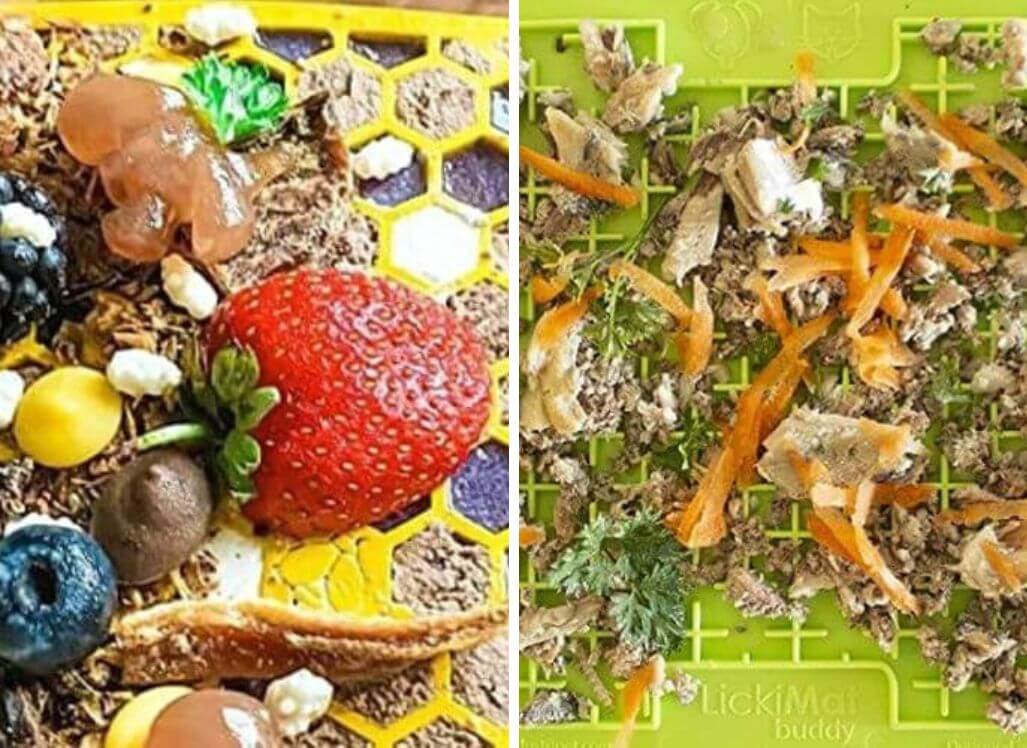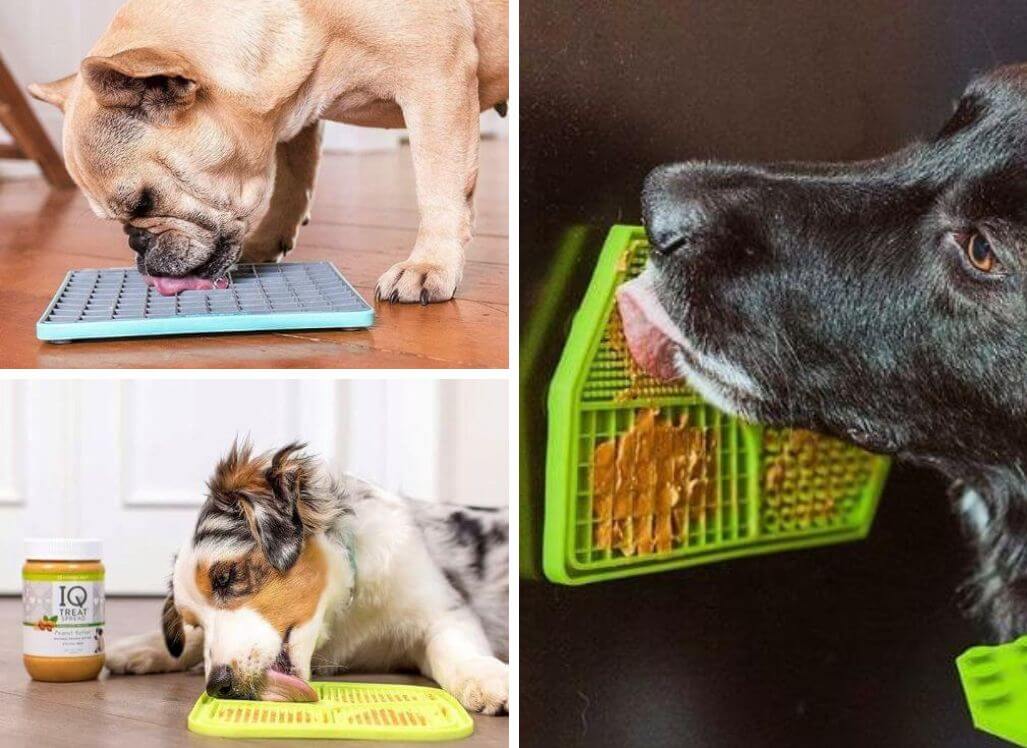As responsible dog owners, we are constantly on the lookout for things that could prove harmful to our furry friends. Whether it's a food item or a household product, being aware of potential dangers can make all the difference in keeping our pets healthy and happy.
One such hidden danger lurking in our everyday items is xylitol (also known as "birch sugar"). This seemingly harmless substance can have severe, even deadly consequences for our dogs. For example, peanut butter is safe for dogs. But if xylitol has been added to it, it becomes a no-no for dogs.
In this blog post, we delve into the world of xylitol, its many uses in common products, and its dire effects on the canine population.
What is Xylitol?
Xylitol is a sugar alcohol used as a sugar substitute in many products, particularly ones aimed at reducing sugar intake or catering to diabetic individuals. It is a naturally occurring substance, found in small amounts in various fruits, vegetables, and even certain hardwood trees. In addition to being low in calories, xylitol is also known for its dental benefits, as it inhibits the growth of bacteria that cause tooth decay.
Common Products Containing Xylitol
You may be surprised to learn that xylitol is found in a wide variety of items that we use regularly, these include
1. Sugar-free gum: Xylitol is a common ingredient in many sugar-free chewing gums, providing a sweet taste without the harmful effects of sugar on our teeth.
2. Sugar-free or low-sugar candies: Similarly, candies bearing sugar-free labels often contain xylitol as an alternative sweetener.
3. Toothpaste and mouthwash: The dental benefits of xylitol have led to its inclusion in various toothpaste and mouthwash formulations.
4. Sugar-free baked goods: Many sugar-free, diabetic-friendly baked goods use xylitol to maintain sweetness without added sugar.
5. Pharmaceutical and nutraceutical products: Xylitol is sometimes used as a sweetener or filler in drugs, vitamins, and nutritional supplements.
Xylitol's Dangers to Dogs
While xylitol provides numerous benefits to humans, it is extremely toxic to dogs. Renee Schmid and Ahna Brutlag, in an article titled Xylitol Poisoning in Dogs in VCA Animal Hospitals have this to say: "In both humans and dogs, the level of blood sugar is controlled by the release of insulin from the pancreas. Xylitol does not stimulate the release of insulin from the pancreas in humans. However, when dogs eat xylitol, the xylitol is quickly absorbed into the bloodstream, resulting in a potent release of insulin from the pancreas. This rapid release of insulin causes a profound drop in blood sugar (hypoglycemia), an effect that can occur as quickly as 10-60 minutes after ingestion. If untreated, hypoglycemia can be life-threatening. The process by which xylitol can cause liver failure in dogs is poorly understood."
Symptoms of Xylitol poisoning
According to the FDA, " Symptoms of xylitol poisoning in dogs include vomiting, followed by symptoms associated with the sudden lowering of your dog’s blood sugar, such as decreased activity, weakness, staggering, incoordination, collapse and seizures."
Preventative Measures and What to Do If Your Dog Ingests Xylitol
As dog owners, it is crucial to ensure that our pets do not have access to products containing xylitol. It is essential to read the labels of food products, dental care items, and pharmaceutical or nutraceutical substances, and keep them securely out of our dogs' reach. When it comes to gum or candy, store them in a closed container or a zip-locked bag, and never leave them lying around in your bag, car or counter.
If you suspect that your dog has consumed xylitol, it is imperative to act quickly. Contact your veterinarian or an emergency animal hospital immediately, as prompt treatment can be the difference between life and death for your pet.
It is also useful to keep the contact information for an emergency vet and Poison Control Center handy, as the sooner you seek professional help for your dog, the better their chances of recovery.
Conclusion
In today's world, xylitol is finding its way into more and more products, making it increasingly important for us, as dog owners, to be vigilant and knowledgeable about this hidden danger. By staying informed, practicing caution, and seeking immediate veterinary care in case of xylitol ingestion, we can continue to provide our canine companions with the safe and loving environment they deserve.
You may also like:












